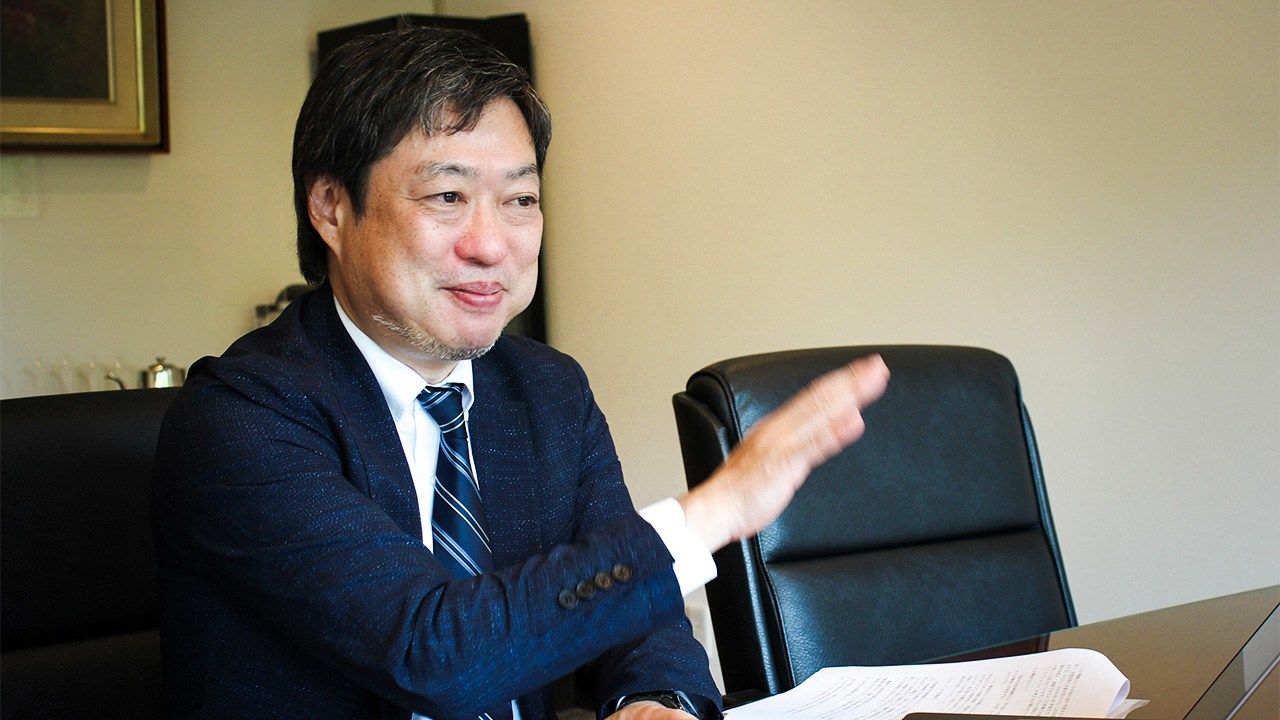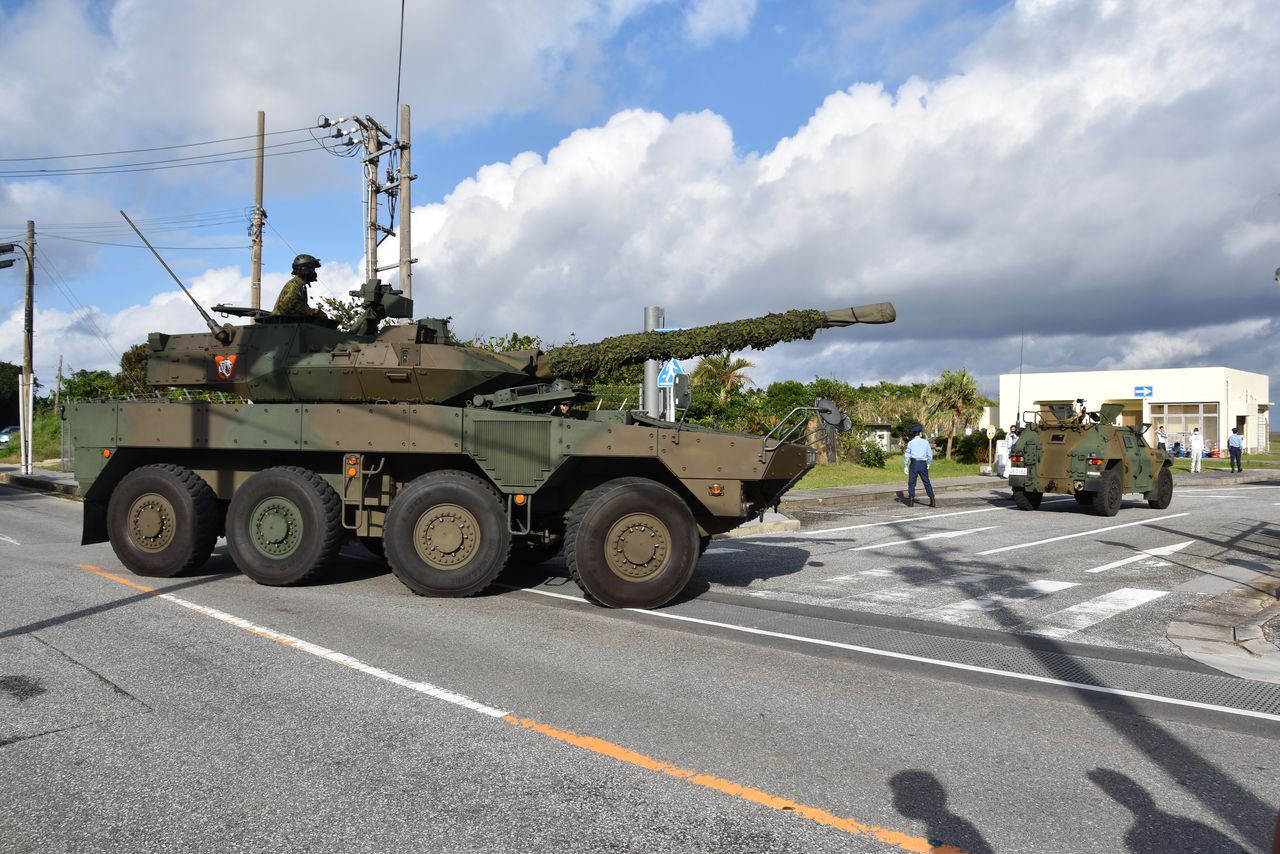
Japan Rethinking Its Security Policy
Turning Point for Japan’s Defense Policy: An Interview with Jimbo Ken (Part 1)
Politics- English
- 日本語
- 简体字
- 繁體字
- Français
- Español
- العربية
- Русский
TAKENAKA HARUKATA I’d like to get your take on the latest editions of the Japanese government’s three basic national-security documents, released in December 2022: the National Security Strategy [NSS], the National Defense Strategy [NDS], and the Defense Buildup Program. What’s your assessment of the revisions?
A Historic Shift
JIMBO KEN The security environment surrounding Japan has changed dramatically in recent years, and it continues to change. There was a time when the United States enjoyed overwhelming military superiority, and Japan itself held an advantage over China. Until around 2005, it was assumed that we could maintain naval dominance and air supremacy, and our security strategy was built around that assumption. That isn’t the case anymore, and I think the new strategic documents are an attempt to squarely confront that reality and the need for a fundamental shift.
The first fundamental change in the security environment is the shift in the balance of power. China is now much stronger than Japan militarily. In terms of financials, its defense budget is about five times bigger than Japan’s, and it has a lot more equipment and firepower. Japan’s numerical inferiority in respect to fourth- and fifth-generation fighters, surface warships, missiles, and so forth, has become a constant, and the gap keeps widening. In other words, our inferiority vis-à-vis China is structural.
Furthermore, China has established decisive anti-access/area-denial capabilities against the United States. The US military is still stronger, but its supremacy isn’t overwhelming, and it’s no longer self-evident that it can maintain its advantage indefinitely.
The second fundamental change pertains to our role within the Japan-US alliance. It won’t do any more for Japan to treat the alliance as a free ride, relying on American strength and leaving all the hard work to the US military—as Washington made very clear under the previous administration.
What this means is that the alliance will cease to function unless we do everything possible here in Japan to expand the scope of measures open to us and the range of situations calling for a response, and start to show that we’re willing to share the risk. I think the three new security documents reveal a keen awareness of our position. Compared with the 2013 NSS or the 2018 National Defense Program Guidelines, the latest strategic documents focus on the magnitude of the tasks facing Japan. Previously, the emphasis was distributed more evenly under the three standard headings of “strengthening Japan’s capabilities,” “strengthening the bilateral alliance,” and “cooperating with other partners.” But this time somewhere between 70 and 80 percent of the strategy zeros in on what Japan itself intends to do. There’s a clear awareness that it’s up to us to keep this alliance functioning.
Another big development is the commitment to substantially boost the defense budget, with the government citing a target of two percent of gross domestic product [up from about 1%]. I think it’s highly significant that the cabinet of Prime Minister Kishida [Fumio] has been able to accomplish something that even a hawk like Prime Minister Abe [Shinzō] couldn’t pull off. The new NSS also breaks ground by calling for development of a counterstrike capability, or what they used to refer to as “enemy base strike capability”—in other words, the ability to defend against missiles by striking at enemy bases. Given these developments, I would assess the new NSS as a bold step forward, amounting to a watershed in Japan’s postwar defense policy.
In the policy speech Prime Minister Kishida gave at Johns Hopkins University [School of Advanced International Studies] last January, he said something very interesting—something you won’t hear him talking about in the Diet. He referred to the latest NSS as a milestone, on a par with the 1970 revision of the Japan-US Security Treaty and the Abe government’s 2015 security legislation. So, I would say Kishida is well aware that the new strategy represents a turning point for the nation’s defense policy. When addressing a domestic audience, the government insists that there’s been no change in Japan’s “exclusively defensive” posture or in the basic relationship between Japan and the United States, but the message it’s sending overseas is that things have changed quite significantly.

A Japanese Type 16 maneuver combat vehicle (MCV) drives along a public road on the island of Yonaguni, Okinawa Prefecture, as part of a Japan-US joint military exercise, November 18, 2023. (© Jiji)
Pivoting from the Senkakus to Taiwan
TAKENAKA Let’s go back a moment to the changes in the security environment. It was back in 2006 that China’s defense expenditures first topped Japan’s. When would you say an awareness of Japan’s military inferiority really took hold?
JIMBO The 2018 National Defense Program Guidelines were the first to envisage a situation in which “maintaining maritime and air superiority becomes untenable.” But as early as the first half of the 2010s, simulations conducted by the Defense Ministry and the Self-Defense Forces were raising internal concerns. There was some awareness of the problem when the 2013 NSS was drafted, but I think this was the first time the government felt compelled to address it head-on.
In terms of threat awareness, the 2013 NSS stressed four basic challenges pertaining to the security environment in the Asia-Pacific region. One was the shift in the balance of power, which that document characterized as a source of new opportunities as well as rising tensions. The second was the buildup of military power in Northeast Asia, where there was still no multilateral security mechanism in place. The third was the diversity of political systems in Asia, which made it difficult to pursue common goals. And the last was the risk of gray-zone situations. During this period, Japan’s security concerns were centered on [Chinese activity around] the Senkaku Islands. What do we do if tensions around the island trigger an armed confrontation with China? Does Washington even care? Japan’s security policy was oriented to getting the United States involved.
But when the focus shifted to a possible Taiwan contingency [i.e., a Chinese invasion of Taiwan], it became necessary to develop a strategy for preventing escalation in the context of high-end fighting. To prepare for a contingency in the Senkakus, it was sufficient to beef up the Coast Guard’s fleet, consider sending in the Maritime Self-Defense Force if that failed, streamline procedures for deployment, and so forth. But a worst-case Taiwan contingency would require a military response on a whole different scale. It called for a bigger budget and a new mind-set.
Earlier discussions about developing an enemy base strike capability had been geared almost exclusively toward North Korea. But the thinking behind today’s defense strategy is completely different from the defense planning of the 2010s. The National Defense Strategy has become a program aimed at equipping Japan to stand up to China.
How Xi Jinping Raised the Stakes
TAKENAKA When did the US government start treating an invasion of Taiwan as an imminent risk?
JIMBO What everyone remembers is the [2021] statement by Philip Davidson [former head of the United States’ Indo-Pacific Command] predicting that an invasion could occur by 2027. But China’s capabilities had been growing continuously. By 2020 or so it had become clear that China had a military force sufficient to inflict high costs on the United States, and its only remaining task was to build an amphibious fleet.
Contributing to the sense of urgency was the fact that President Xi Jinping had secured the status of president for life. That dashed any lingering hopes that China would change as a younger generation took over, and policy makers had no choice but to focus on scenarios that took full account of Xi’s ideological orientation. The idea that he might take action as early as 2027 was based on estimates of when the amphibious fleet would be ready and the fact that he would be finishing up his third term then, presumably with his eyes on a fourth.
Where the Senkakus are concerned, the dispute hasn’t gone away, but I think tensions have subsided. Barring some sudden escalation on either side, the perception is that a crisis can be averted as long as existing lines aren’t crossed. But there are no clear lines where Taiwan is concerned, and if anything were to break out there, the consequences would be momentous, for the economy among other things. To tackle a problem of these proportions, we really need to start with a solid foundation.
The Point of “Standoff” Capability
TAKENAKA China dwarfs Japan in military strength, and far from closing the gap, it seems likely that we’ll just slip farther behind. How should we approach defense planning under the circumstances?
JIMBO It’s all about the basic dynamic of deterrence. We can’t hope to achieve deterrence through force parity. So, we have to focus on “deterrence by denial.” What this means is creating an environment in which any attempt by China to change the status quo by force would be unlikely to succeed. You can build the capacity to deny an opponent any realistic prospect of operational success even if that adversary is five or seven times stronger.
Think about it in relation to a full-scale Chinese invasion of Taiwan. Let’s suppose China decides to send millions of People’s Liberation Army troops to land on Taiwan’s shores after seizing control of the sea lanes and airspace. If Japan has one thousand or more missiles deployed in Kyūshū and Okinawa, assuming those installations survive, it can launch an attack on China’s landing craft. This is huge. Previously, China only needed to worry about US intervention, but now that Japan has opened the way for long-range strikes, China has to think about Japan as well.
I think Chinese landing craft are the prime target of the “standoff capability” that features in the new NSS and NDS. Officially, the government is aiming to deploy anti-ship missiles with a target of at least 1,000 kilometers, but the Defense Ministry keeps mentioning 1,500 kilometers in leaks to the media. This is a very significant figure, since it’s just about 1,500 kilometers from the middle of Kyūshū to the middle of the Taiwan Strait.
(To be continued in part 2.)
(Originally written in Japanese by Ishii Masato of the Nippon.com Editorial Department based on a May 12, 2023, interview. Banner photo: Keiō University professor Jimbo Ken in Roppongi, Tokyo, on May 12, 2023. © Nippon.com.)
security Japan-US Alliance Taiwan National Security Strategy